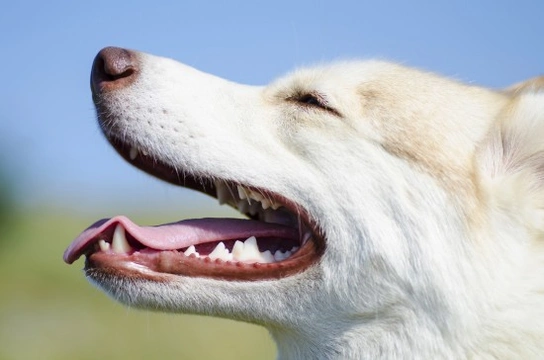
Preventing secondary issues that can be caused by dental disease in the dog
While we as humans tend to be fastidious about our own dental care and hygiene, few of us can honestly say that we give the same degree of attention to the dental and oral health of our beloved pooches! Very few dog owners have their dogs settled into a preventative dental care routine of brushing and cleaning, and it is certainly fair to say that this can be challenging to achieve even if you are keen to do so!
This being the case, it is important for dog owners to keep a close eye on the condition of their dog’s teeth, get them into a brushing routine if possible, and allow them plenty of chances to chew and gnaw on things that can prove effective at cleaning plaque and debris from the teeth themselves. If your dog’s teeth get the chance to build up a layer of plaque and tartar, their gums will also likely be in poor condition and the mouth as a whole is a rather dirty place, which usually plays host to a whole range of different bacterial cultures.
Some of the bacteria that is present in the mouth is natural to the dog, and in some cases, helps them to digest their food and keep the levels of other, potentially harmful bacteria to a minimum. However, as with everything else regarding good health, it all comes down to the balance of good bacteria versus bad, and bad teeth and gums can cause your dog’s mouth to become full of bad bacteria that can have all sorts of different effects and impacts upon your dog’s overall health.
Dental disease and poor teeth and gums do not only affect the mouth and teeth themselves; the excessive levels of bacteria that this situation enables can also have a knock-on effect on your dog’s general health, throughout the whole body, as of course oral bacteria is swallowed and spread through the body as part of normal digestion.
It is vitally important to keep your dog’s teeth in good condition and prevent bacteria from building up to dangerous levels, in order to prevent the onset of some other potentially serious conditions outside of the mouth itself.
Read on to learn more about some of the issues that can arise due to unchecked dental disease in the dog, and how this happens.
How dental disease arises in the first place
The process that leads to dental decay in the dog arises when plaque begins to form on the teeth themselves, as plaque is created from the bacteria within the mouth itself. The saliva within the dog’s mouth combines with the bacteria to create the hard coating that becomes plaque, which bonds onto the tooth enamel and slowly begins to rot the underlying tooth, producing more bacteria and exacerbating the problem. Plaque hardens even further over time into the compound that we call tartar, which forms an even stronger bond with the tooth surface and speeds up the process of decay.
Left unchecked, tartar will eventually begin to reach in under the gum line of affected teeth, and affect the deep tissue therein, including the jawbones themselves. As the jawbones weaken and ultimately breach due to the ongoing tartar attack, oral bacteria will escape into the main circulatory system of the dog via the bloodstream, and travel to other areas of the body.
This in turn can cause infections, weaknesses and problems to develop within virtually any other organ or system of the body; all due to poor dental hygiene at the outset!
The symptoms of dental disease in the dog
The most obvious and easily picked up symptom of dental disease in the making is bad breath and potentially lots of excess saliva production in the dog, and if you observe this developing, it is important to get your vet to check your dog’s teeth, and potentially schedule a veterinary dental procedure to nip the problem in the bud.
Left unchecked, dental bacteria may enter the bloodstream as described above, which can cause a whole host of other problems including digestive disorders, and even kidney disease, all of which can be prevented by good oral hygiene.
Treating conditions caused by dental disease
Getting to the root of the problem-pardon the pun-and sorting out the dog’s oral hygiene issues is vital to ensure that no further problems develop, but if dental bacteria and bad teeth have already caused problems or infections in other areas of the body, antibiotics may be prescribed to clear up the conditions caused. This is only likely to be fully effective if caught early on, so do not hesitate to seek treatment, in order to avoid further complications.
Obviously, it is infinitely preferable to prevent a problem from developing in the first place rather than trying to limit the damage later on, and so it is strongly recommended that you take care of your dog’s teeth properly from the get-go, and do not hesitate to get them checked out by the vet if you spot any signs of problems, or tartar and plaque formation.



